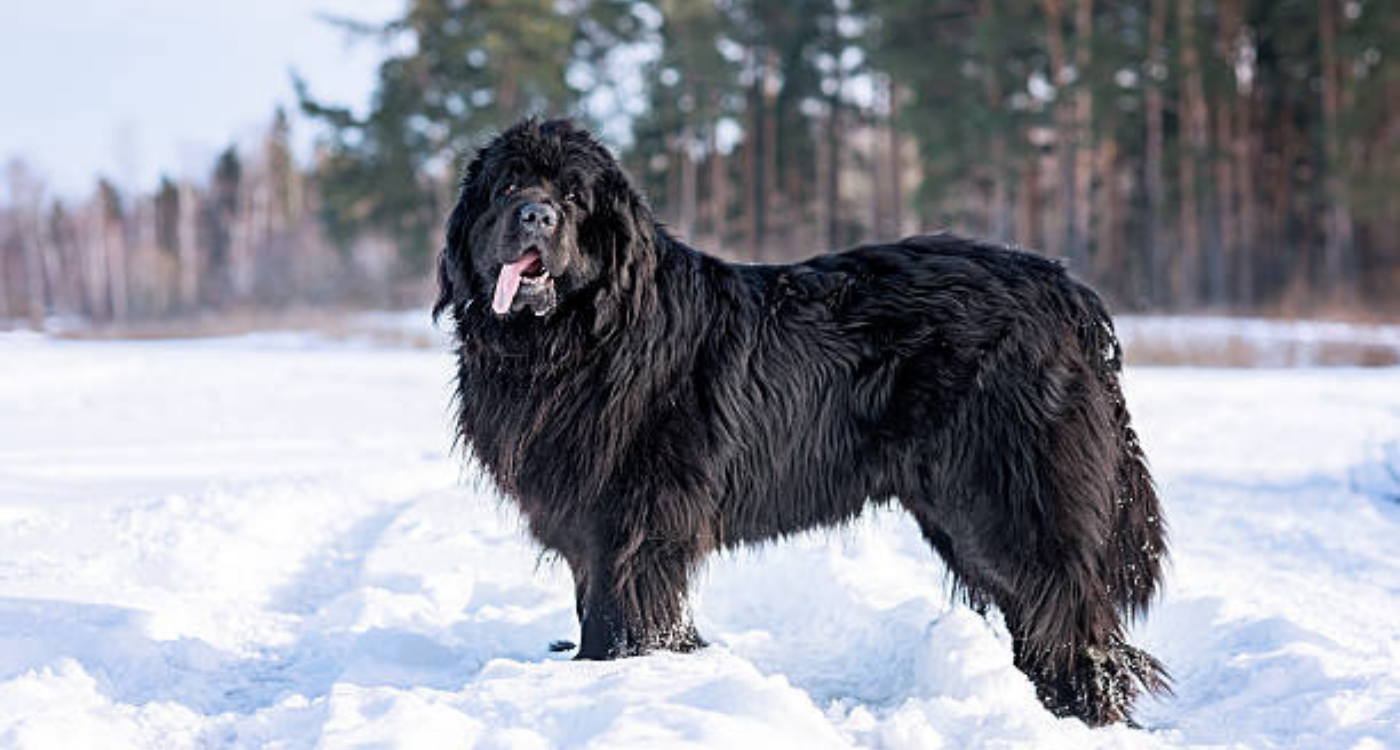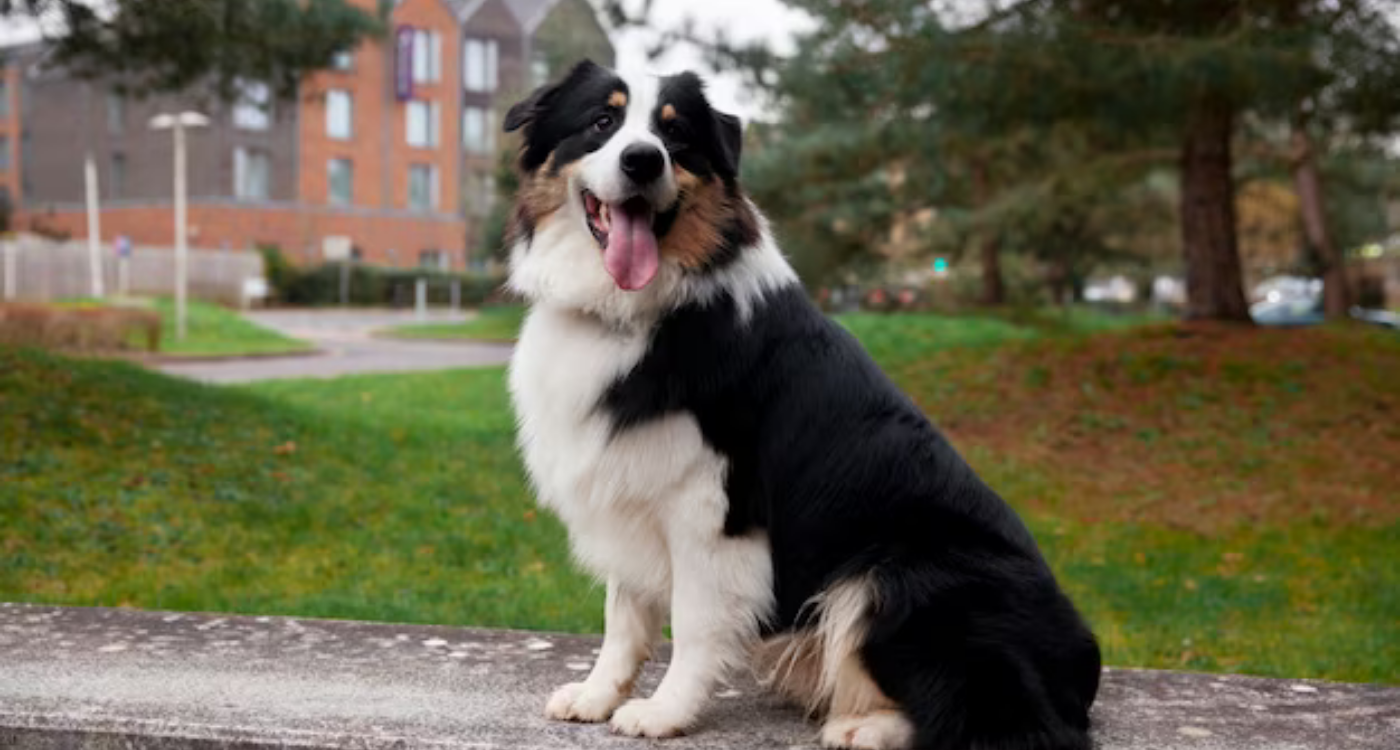Not every Dog Breeds need Extra Protection in Cold Weather, their are a few dog which has thick undercoat which makes them warm and protects them by winter. Their thick fur and boundless energy make them perfectly suited for the chill, and they thrive in the winter wonderland. While these dogs may handle the cold well, it’s essential to remember that they still need proper care during the winter months.
What is The Coldest Dog can Stay Outside?
It depends on the breed, age, and health of the dog, but most dogs can tolerate cold weather for short periods of time. In general, dogs can stay outside in temperatures as low as 45°F (7°C) but may become uncomfortable at temperatures below this. Small, thin-coated, young, old, and sick dogs should not be left outside for long periods of time in temperatures below 32°F (0°C). At temperatures below 20°F (-7°C), all dogs are vulnerable to hypothermia and frostbite and should not be left outside for extended periods of time.
Some dog breeds are specifically adapted for cold weather and can tolerate much colder temperatures than others. For example, Siberian Huskies, Alaskan Malamutes, and Samoyeds are all bred for sledding in the Arctic and can withstand temperatures as low as -50°F (-46°C). Other breeds, such as Chihuahuas and Italian Greyhounds, are not as well-suited for cold weather and may need to be protected from the elements even in mild temperatures.
If you are unsure whether or not your dog can tolerate cold weather, it is always best to err on the side of caution and bring them inside when the temperature drops. You can also take steps to make your dog more comfortable in cold weather, such as providing them with a warm shelter, putting a coat on them, and making sure they have access to plenty of fresh water.
- Be aware of the signs of hypothermia and frostbite. Hypothermia is a dangerous condition that occurs when a dog’s body temperature falls below 95°F (35°C). Symptoms of hypothermia include shivering, lethargy, weakness, and confusion. Frostbite is a serious condition that occurs when a dog’s skin or tissue freezes. Symptoms of frostbite include pale or blue skin, blisters, and tissue loss.
- Keep your dog’s paws protected. Paws can be very sensitive to cold weather, and dogs may develop frostbite on their paws if they are left outside in the cold for too long. You can protect your dog’s paws by applying a paw balm or booties.
- Make sure your dog has a warm place to sleep. Dogs should have a warm place to sleep indoors, away from drafts. You can also provide your dog with a warm bed or blanket.
- Limit your dog’s outdoor time in cold weather. If you take your dog for walks in cold weather, keep them short and make sure they are dressed warmly.
- Feed your dog plenty of food and water. Dogs need more food in cold weather to stay warm. Make sure your dog has plenty of fresh water to drink, even if they are not showing signs of thirst.
By following these tips, you can help your dog stay safe and comfortable in cold weather.
Dog Breeds that Thrive in Frigid Temperatures
1. Samoyed: The Snowy Delight

Breed Type: Spitz
Samoyeds are regal, white dogs that come from the cold Siberian tundra. They have a unique double coat that keeps them warm in freezing temperatures. Their thick, plush outer coat and soft undercoat provide excellent protection against the biting cold. Samoyeds love to play in the snow with boundless enthusiasm.
Cold Weather Adaptation: Thick double coat, playful nature, enjoys outdoor activities like snowshoeing and sledding.
Winter Care Tips: Regular brushing to prevent matting, provide access to outdoor shelter, monitor for signs of hypothermia.
2. Siberian Husky:
Breed Type: Working
Siberian Huskies are born and bred for sledding in the harsh Arctic terrain. They have a dense double coat and incredible energy, making them masters of snow-covered landscapes.
Cold Weather Adaptation: Dense double coat, boundless energy, suited for navigating frozen expanses.
Winter Care Tips: Regular brushing to prevent matting, provide access to outdoor shelter, monitor for signs of hypothermia.
3. Newfoundland:

Breed Type: Working
Newfoundlands, originally bred for water rescue in Newfoundland’s icy waters, have a thick, water-resistant double coat. Their calm demeanor and love for the outdoors make them ideal companions for winter adventures.
Cold Weather Adaptation: Thick, water-resistant coat, muscular build, excels in cold, damp environments.
Winter Care Tips: Regular brushing to prevent matting, provide access to outdoor shelter, monitor for signs of hypothermia.
4. Bernese Mountain Dog:

Breed Type: Working
With origins in the Swiss Alps, Bernese Mountain Dogs are well-suited for cold climates. Their thick, double coat and strong build protect them from the chill. Their playful spirit ensures endless fun in the snow.
Cold Weather Adaptation: Thick, double coat, adaptable nature, ideal for outdoor activities like hiking and sledding.
Winter Care Tips: Regular brushing to prevent matting, provide access to outdoor shelter, monitor for signs of hypothermia.
5. Akita:
Breed Type: Spitz
Akita dogs, native to Japan’s snowy mountains, have a thick, double coat that keeps them warm. They are affectionate and loyal, making them great companions for winter activities.
Cold Weather Adaptation: Thick, double coat, stoic demeanor, low-maintenance grooming needs.
Winter Care Tips: Regular brushing to prevent matting, provide access to outdoor shelter, monitor for signs of hypothermia.
6. Alaskan Malamute:
Breed Type: Working
These powerful sled dogs, from the Alaskan wilderness, are incredibly adaptable to cold weather. Their dense double coat and impressive strength allow them to thrive in frigid conditions.
Cold Weather Adaptation: Thick, double coat, impressive endurance, ideal for sledding and outdoor adventures.
Winter Care Tips: Regular brushing to prevent matting, provide access to outdoor shelter, monitor for signs of hypothermia.
7. Norwegian Elkhound:
Breed Type: Spitz
Independent and spirited, Norwegian Elkhounds were bred for hunting in Norway’s snowy forests. They have a thick, water-resistant double coat and enjoy winter excursions.
Cold Weather Adaptation: Thick, double coat, alert nature, excellent companions for outdoor activities.
Winter Care Tips: Regular brushing to prevent matting, provide access to outdoor shelter, monitor for signs of hypothermia.
8. Greenland Dog:
Breed Type: Spitz
Greenland Dogs, raised in Greenland’s extreme Arctic environment, have thick double coats and impressive resilience. They can endure the harshest winters.
Cold Weather Adaptation: Thick, double coat, boundless energy, ideal for sledding and outdoor activities in extreme cold.
Winter Care Tips: Regular brushing to prevent matting, provide access to outdoor shelter, monitor for signs of hypothermia.
9. Irish Wolfhound:
Breed Type: Sighthound
Irish Wolfhounds, known for their speed and endurance, handle cold weather surprisingly well. Their thick, wiry coat and muscular build offer protection against the cold.
Cold Weather Adaptation: Thick, wiry coat, adaptable nature, relatively low-maintenance grooming needs.
Winter Care Tips: Regular brushing to prevent matting, provide access to outdoor shelter, monitor for signs of hypothermia.
10. Komondor:
Breed Type: Working
Majestic Hungarian dogs, Komondors, with their unique white coat, are comfortable in cold climates. Their dense, protective coat and muscular build allow them to thrive in snowy conditions.
Cold Weather Adaptation: Unique, white coat resembling dreadlocks, thick, corded coat, protective instincts.
Winter Care Tips: Regular brushing to prevent matting, provide access to outdoor shelter, monitor for signs of hypothermia.
Winter Dog Care Tips
While these dogs are well-suited for cold weather, it’s crucial to provide them with extra care during extreme conditions. Here are some tips for winter dog care:
- Shelter: Make sure your dog has access to warm shelter. If they spend a lot of time outdoors, consider insulated dog houses.
- Hydration: Ensure your dog has access to fresh, unfrozen water. Hydration is essential, even in cold weather.
- Nutrition: Dogs burn more calories in the winter to stay warm. Adjust their diet as needed to provide sufficient energy.
- Monitor for Discomfort: Pay close attention to your dog’s behavior. If they start shivering or seem uncomfortable, it’s time to head indoors.
- Winter Walks: When going for walks, be mindful of ice, salt, and snow. These can irritate your dog’s paws. You might consider using dog boots.
- Grooming: Regular grooming helps maintain your dog’s coat, making it more effective at keeping them warm. Be cautious not to over-bathe them in cold weather, as this can dry out their skin.
In conclusion, these remarkable cold-weather dog breeds bring joy and companionship during the winter months. They have evolved to thrive in the cold, but responsible pet ownership still requires proper care and attention. With the right care, both you and your furry friend can enjoy the winter season to the fullest.
We’d love to hear your thoughts or stories in the comments. For more insights, visit PetsandVets.




